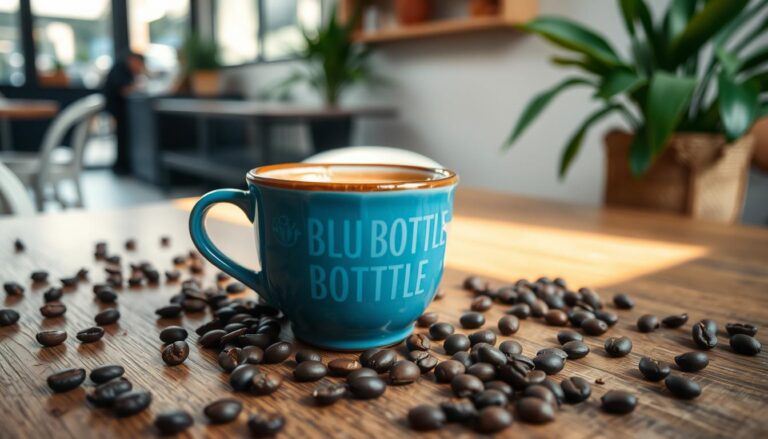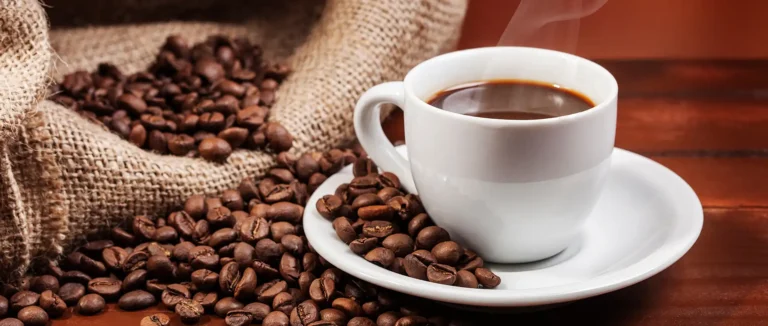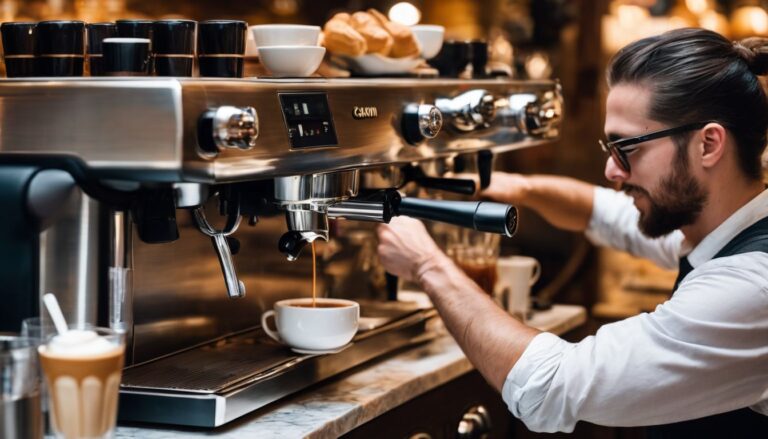I’ve always believed that the secret to a perfect cup of coffee lies in the details. One often overlooked detail is the coffee filter. As a coffee enthusiast, I’ve explored various types of filters to enhance my brew. The best coffee filter can make a significant difference in the taste and quality of your coffee.
Whether you’re a fan of pour-over coffee or prefer a drip coffee maker, choosing the right filter is crucial. From paper filters to metal and cloth options, each type offers unique benefits. Let’s dive into the world of coffee filters and discover how they can elevate your daily brew.
Paper filters are popular for their convenience and ability to produce a clean cup. Metal filters, on the other hand, allow more oils to pass through, resulting in a richer flavor. Cloth filters offer a middle ground, capturing fine particles while letting some oils through. The shape of the filter also plays a role in extraction, with cone and basket filters producing different flavor profiles.
Key Takeaways
- Paper filters are affordable and versatile for hot and cold coffee
- Metal filters are reusable and retain more coffee oils
- Cloth filters offer a balance of cleanliness and flavor retention
- Filter shape impacts coffee extraction and taste
- The best coffee filter depends on personal preference and brewing method
Understanding Coffee Filters: Types and Materials
Coffee filters are key to making the perfect cup. I’ve looked into different materials to show how they affect taste and brewing.
Paper Filters: Bleached vs. Unbleached
Paper filters are the most used in coffee. They’re either bleached (white) or unbleached (brown). Bleached filters don’t change the taste, but unbleached ones might add a paper taste if not rinsed first.
For light roasts, cone-shaped filters bring out citrusy and berry notes. Flat-bottom filters, on the other hand, give sweet and floral tastes.
Metal Filters: Reusable and Eco-Friendly
Metal filters are reusable and good for the environment. They let more oils through, making the coffee richer. But, they might give a slight metallic taste.
Cloth Filters: A Traditional Approach
Cloth filters give a full mouthfeel and don’t absorb much coffee oil. They can be used for about 30 brews before the taste changes. Cloth filters catch more fines than metal but still let some oils through, making the coffee bold and smooth.
| Filter Type | Taste Profile | Reusability | Environmental Impact |
|---|---|---|---|
| Paper | Clean, crisp | Single-use | Moderate |
| Metal | Full-bodied | Highly reusable | Low |
| Cloth | Bold, smooth | Reusable (100+ times) | Low |
The Impact of Filter Shape on Coffee Flavor
Filter shape is key in coffee extraction and flavor. I’ve looked into various shapes and their effects on pour-over coffee. Let’s explore cone, basket, and wave filters to see how they change your coffee.
Cone Filters: Precision and Control
Cone filters, like the Hario V60, focus water flow. This design gives more control over brewing. They bring out tangy, sweet, and berry flavors, especially with light-roasted coffees.
The conical shape ensures a balanced and nuanced brew. This is due to uniform extraction.
Basket Filters: Even Extraction
Basket filters, found in drip coffee makers, have a shorter brewing time. They evenly spread water through the grounds. This often leads to chocolatey and earthy flavors with dark-roasted coffees.
These filters, shaped like cupcake liners, are known for their convenience. They offer consistent brewing results.
Wave Filters: Balancing Flavor and Body
Wave filters, like the Kalita Wave, blend cone and basket shapes. They ensure even extraction and a balanced flavor. I’ve seen that wave filters allow for a slower brew time.
This slower brew time can bring out more sweetness, floral, and fruit-forward flavors.
| Filter Shape | Flavor Profile | Best For |
|---|---|---|
| Cone | Tangy, sweet, berry | Light roasts |
| Basket | Chocolatey, earthy | Dark roasts |
| Wave | Balanced, well-rounded | All roasts |
Knowing about these filter shapes can help you pick the right one for your coffee taste. Try different shapes to find your favorite cup!
Best Coffee Filter Brands and Their Unique Features
I’ve looked into many top-rated coffee filters to help you pick the right one. Let’s explore some popular brands and what makes them special.
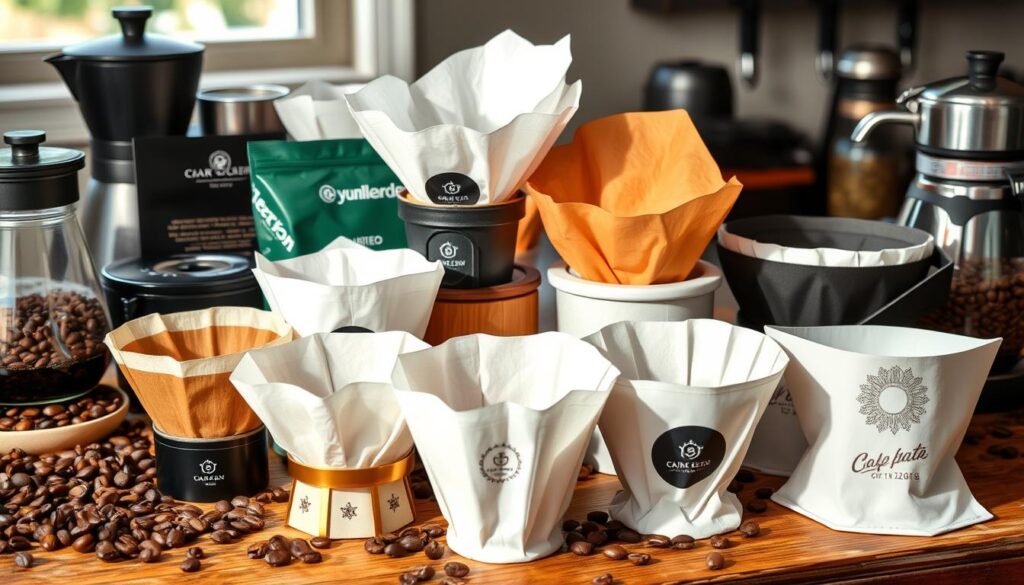
Kalita Wave filters have a flat bottom and wavy sides. This design helps extract coffee evenly, making a balanced cup. The Hario V60 is also loved, with its cone shape and thin paper. These features let you control the brewing process well.
Chemex filters are known for their thick paper. They filter out more oils, giving you a clean, bright coffee. Melitta filters are great for many drip coffee makers and come in different sizes.
| Brand | Shape | Material | Key Feature |
|---|---|---|---|
| Kalita Wave | Flat-bottom, wavy sides | Paper | Even extraction |
| Hario V60 | Cone | Thin paper | Precise control |
| Chemex | Cone | Thick paper | Clean, bright cup |
| Melitta | Basket or cone | Paper | Versatility |
Specialty coffee filters are becoming more popular. Some brands use bamboo or Abaca fiber. These eco-friendly options offer unique flavors and are good for the planet.
When picking a coffee filter, think about your brewing method and taste. Each brand has its own special features that can change your coffee experience. Try out different brands to see which one you like best.
How to Choose the Best Coffee Filter for Your Brewing Method
Finding the right coffee filter is key to a great cup of coffee. Different brewing methods need specific filters for the best taste. Let’s look at how to pick the right filter for your brewing method.
Drip Coffee Makers: Compatibility and Performance
Basket-style filters are best for drip coffee makers. Most machines use size 4 filters, fitting many brewers. Paper filters are common, making a clean, bright coffee.
If you like a richer coffee, try reusable metal filters. They let more oils through, boosting flavor and aroma.
Pour-Over Devices: Matching Filters to Brewers
Pour-over coffee needs the right filter. Cone-shaped filters work great with devices like the Hario V60 or Chemex. They fit well, ensuring even extraction.
Using the wrong filter can mess up your brew. So, always choose a filter that matches your pour-over device.
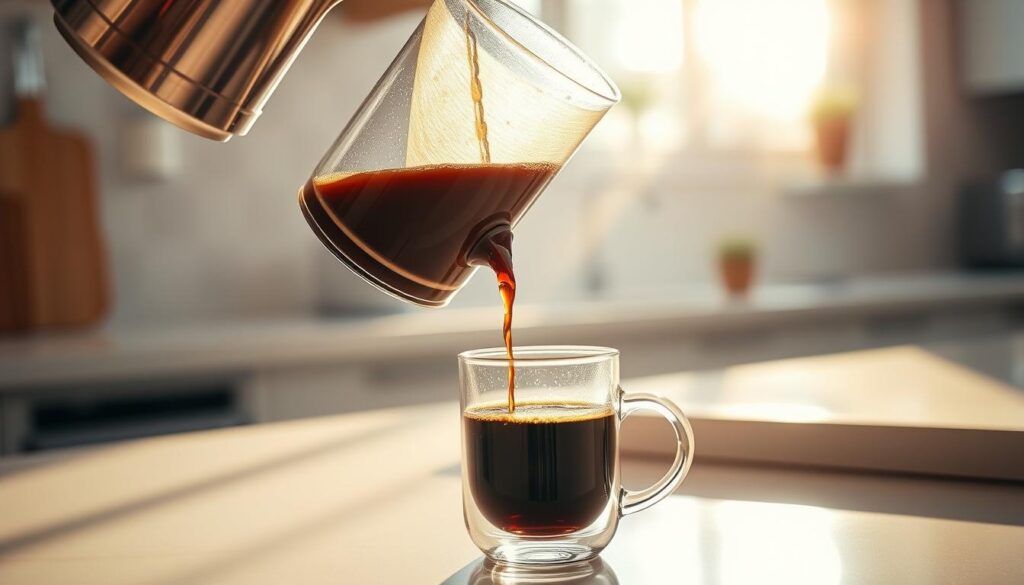
Specialty Brewers: Proprietary Filters and Alternatives
Specialty coffee brewers need special filters. The AeroPress uses small, circular paper filters. Some, like the Clever Dripper, take standard cone filters.
Always check the brewer’s guide for the best filter. This ensures the best taste.
| Brewing Method | Recommended Filter Type | Key Benefits |
|---|---|---|
| Drip Coffee Makers | Basket-style paper or metal | Easy to use, widely available |
| Pour-Over Devices | Cone-shaped paper | Precise extraction, clean flavor |
| Specialty Brewers | Proprietary or specific shapes | Optimized for unique brewing methods |
Trying out different filters can help you find your favorite. The right filter can greatly improve your coffee’s taste and quality.
Maximizing Flavor: Tips for Using Coffee Filters Effectively
Mastering coffee brewing tips can really elevate your coffee experience. Let’s explore some ways to boost flavor when using filters. Always rinse paper filters with hot water before brewing. This step removes any papery taste, making your coffee cleaner.
Grind size is also key. For paper filters, I use a finer grind. Metal filters, on the other hand, do better with a coarser grind. Water temperature is important too. I aim for 195°F to 205°F for the best extraction.
Consistency is crucial in pour-over technique. I pour in a steady, circular motion for even extraction. This, along with the right water temperature, greatly affects the taste.
- Rinse filters before use
- Adjust grind size to filter type
- Maintain proper water temperature
- Use consistent pour-over technique
Trying different filter materials and shapes has helped me find my favorite flavor. Paper filters give a cleaner, brighter taste. Metal filters let more oils through, making the coffee fuller. Brewing time is also important. Too short, and it’s weak; too long, and it’s bitter.
By following these tips and paying attention to details like filter rinsing and grind size, I’ve seen a big improvement in my coffee’s flavor. It’s amazing how small changes can make such a big difference.
Conclusion
I’ve looked into coffee filters and found that picking the right one is key for better home brewing. There are many types, like paper, metal, and cloth, each with its own perks. Paper filters make a clean cup, while metal ones give a richer taste.
The shape of a filter also matters a lot. It affects how the coffee tastes. Brands like Kalita Wave and Hario V60 have made filters that suit many tastes. For drip coffee makers, the Gold Tone Reusable #4 Coffee Filter is a top choice. It’s durable and keeps the coffee’s flavor strong.
When picking coffee filters, think about taste, cost, ease, and how they affect the environment. Finding the right balance between these can be tricky. Try out different filters to see what works best for you. With the right filter and brewing skills, you can make coffee as good as a cafe’s at home.

